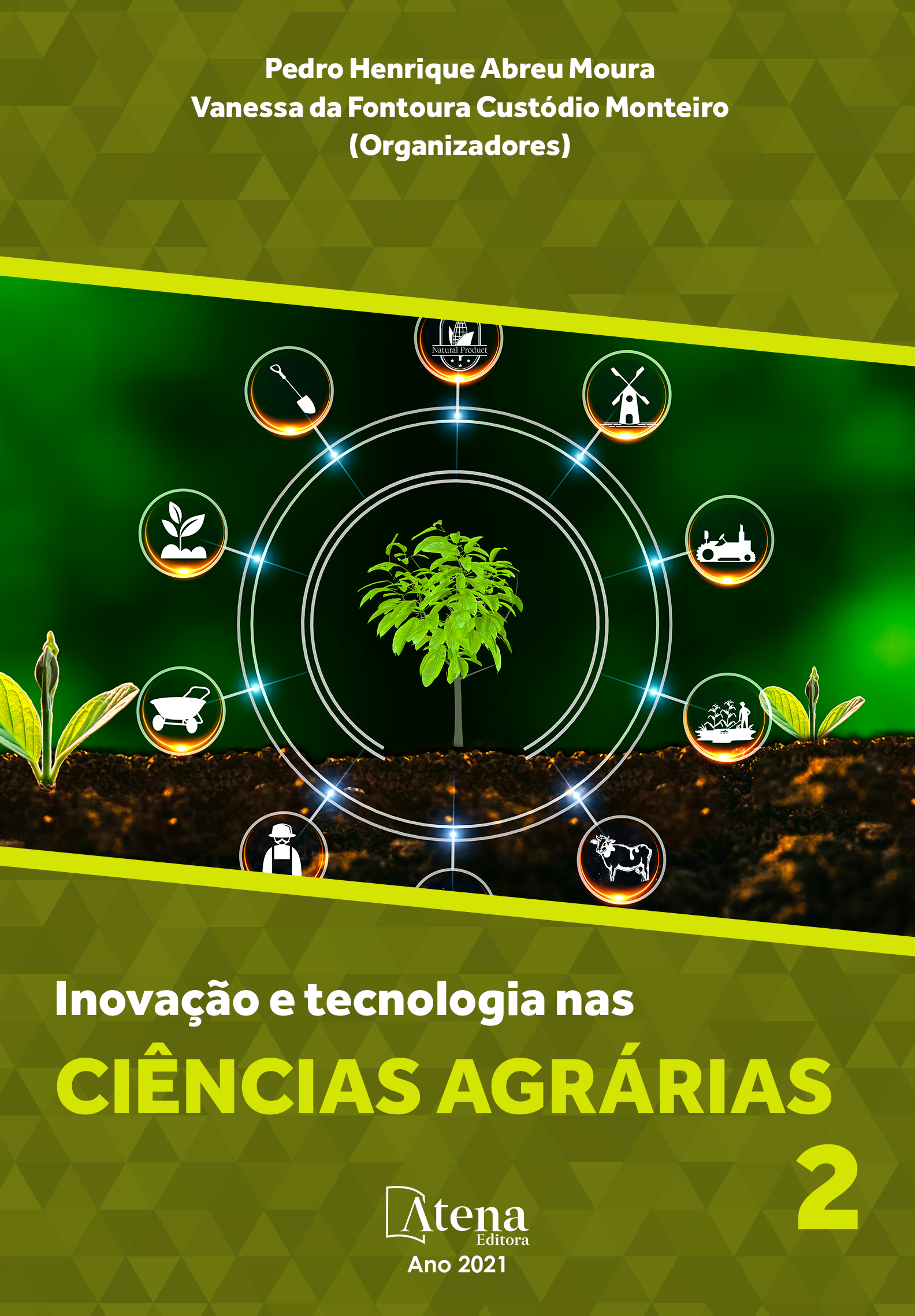
USO DE DISTINTAS TEMPERATURAS DE INCUBAÇÃO E INFLUÊNCIA DESTAS SOBRE A ECLOSÃO E MORTALIDADE DE OVOS DE ODONTESTHES SP.
Devido a existência de poucos trabalhos que elucidem tais métodos de criação, a pesquisa objetivou caracterizar as técnicas adequadas de criação de Odontesthes sp. em cativeiro. Desovas de Odontesthes sp. foram coletadas utilizando uma rede de emalhe de 35 mm na Lagoa Mangueira em Santa Vitória do Palmar – RS. Foram incubados 1200 ovos de Odontesthes sp. em distintas temperaturas, sendo elas: 17, 19, 21 e 23 ºC na qual cada tratamento era composto por três repetições. O controle das eclosões e mortalidade dos ovos foi realizado diariamente do 8º ao 13º dia de incubação, quando os ovos embrionados atingiram sua UTA ótima, culminando na eclosão dos mesmos, neste mesmo período foram analisados o peso médio e diâmetro médio dos mesmos. A maior média de eclosão foi encontrada no tratamento que apresentava temperatura mais elevada de incubação, sendo esta 23 ºC. Não se observou significância estatística (p<0,05) para as variáveis mortalidade, peso e diâmetro de ovo nos diferentes tratamentos, indicando a não existência de relação entre a temperatura de incubação e os parâmetros avaliados.
USO DE DISTINTAS TEMPERATURAS DE INCUBAÇÃO E INFLUÊNCIA DESTAS SOBRE A ECLOSÃO E MORTALIDADE DE OVOS DE ODONTESTHES SP.
-
DOI: 10.22533/at.ed.71721161212
-
Palavras-chave: desenvolvimento; peixe-rei; piscicultura
-
Keywords: development; peixe-rei; pisciculture
-
Abstract:
Due to the existence of few works that elucidate such methods of
creation, the research aimed to characterize the adequate creation techniques of Odontesthes sp. in captivity. Spawning of Odontesthes sp. were collected using a 35 mm gillnet at Lagoa Mangueira in Santa Vitória do Palmar - RS. Were incubated 1200 eggs of Odontesthes sp. at different temperatures, being them: 17, 19, 21 and 23 ºC in which each treatment consisted of three repetitions. The hatching and mortality control of the eggs was performed daily from the 8th to the 13th day of incubation, when the embryonated eggs reached their optimal UTA, culminating in their hatching, in the same period the mean weight and average diameter of the eggs were analyzed. The highest birth average was found in the treatment that had the highest incubation temperature, this being 23 ºC. There was no statistical significance (p <0.05) for the variables mortality, weight and egg diameter in the different treatments, indicating the absence of a relationship between the incubation temperature and the parameters evaluated. -
Número de páginas: 12
- Carolina Viégas Pinto
- Welinton Schrӧder Reinke
- Deivid Luan Roloff Retzlaff
- Paulo Leonardo Silva Oliveira
- Juvêncio Luis Osório Fernandes Pouey
- Fernanda Brunner Hammes
- Daiane Souza Machado
- Rafael Aldrighi Tavares
- Suzane Fonseca Freitas
- Josiane Duarte de Carvalho


